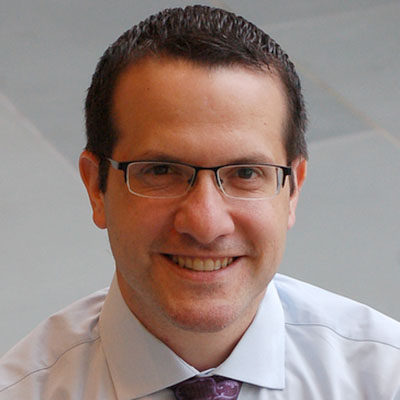OK. My vacation was fantastic, and now I’m ready to get back into it. There were lots of questions waiting for me when I returned, so I’m going to devote the next few days to trying to answer some of them.
A number of you don’t fully get Medicaid. And that’s not surprising, given the lack of truly policy-directed coverage this year.
Basically, Medicaid is supposed to provide health care coverage for the poorest among us. There are some minimal federal guidelines that are set for Medicaid. Then, each state gets to implement it as it sees fit. Some states are more generous, and some less. Generally, Medicaid is meant to cover those at the low end of the socioeconomic spectrum. The government defines poor this way:
| Persons in Family | 2009 Poverty Level |
| 1 | $10,830 |
| 2 | $14,570 |
| 3 | $18,310 |
| 4 | $22,050 |
| 5 | $25,790 |
| 6 | $29,530 |
| 7 | $33,270 |
| 8 | $37,010 |
While you consider the table, remember this amazing fact – a single parent, with a child, who makes minimum wage earns MORE than the poverty level. That’s how low the line is.
Regardless, Medicaid must cover:
- Kids under 6 years of age to 133% FPL
- Kids 6-18 to 100% FPL
- SCHIP upps these to 300% FPL in most states
- Pregnant women up to 133% FPL
- Parents to 1996 welfare levels
- The elderly and those with disabilities who receive SSI
Now, states get to implement things above that as they see fit. But the first important thing to note is that adults without children aren’t mentioned at all. And in most states, they can’t get Medicaid.
Let me say that again – in most states even the poorest adults without children don’t get Medicaid.
And it gets worse. Those 1996 welfare levels can be super low. So low that, for instance, in Alabama a couple with two children making $2500 a year don’t qualify for Medicaid. Granted, some states are more generous. But in many, parents have to be insanely poor in order to get Medicaid:
Remember, these are percentages of the table above. In many states, parents, if they work at all, can’t get Medicaid.
One of the overlooked benefits of health care reform is that it sets guidelines that vastly increase Medicaid coverage nationally. The federal rules will change such that everyone, even those without children, making 133% FPL (Senate version) or 150% FPL (House version) would get Medicaid. In some states, that might not be a big deal. But for those in the states on the left side of the chart, this would result in millions of the poorest among us getting the coverage that many of us already assume they get.
They don’t right now. And they desperately need it. And if we fail to pass any reform, they will get nothing.


